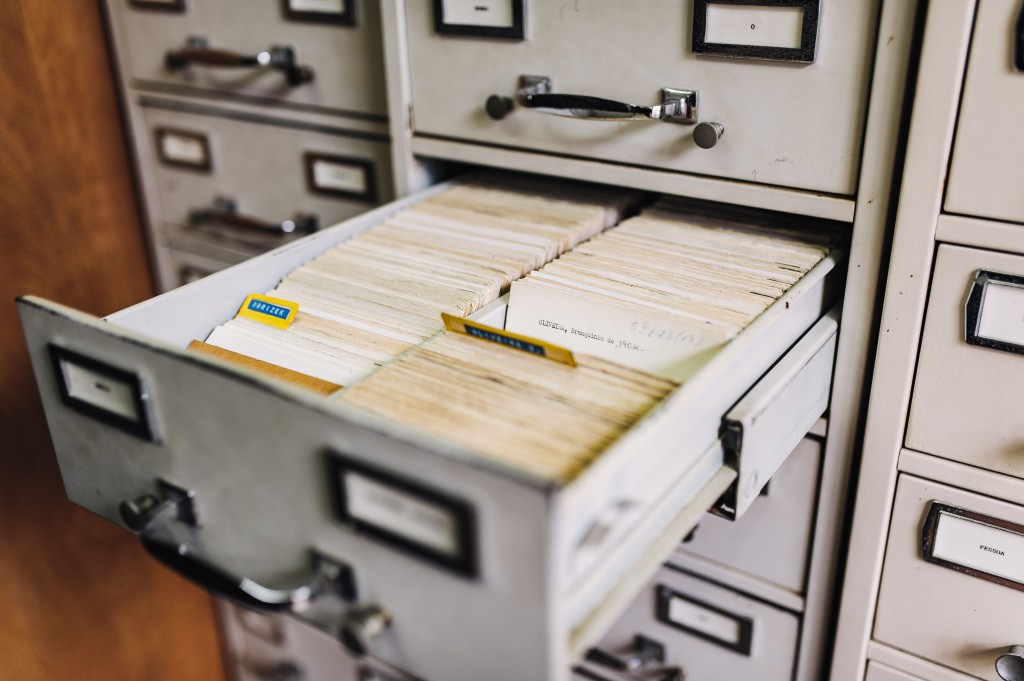The World Customs Organization (WCO) created HS codes to streamline naming conventions and categorizations of commercial goods. In short, it’s a number code that identifies the product itself and the category it falls into.
HS codes are used by customs providers for a slew of reasons, mainly identifying the applicable fees, duties, and tariffs. As well as ensuring that the commercial goods are not banned or restricted from being imported into the desired destination country.
What does the HS stand for?
You may be familiar with both terms: HS and HTS codes. They are also referred to as the Harmonized Description & Coding System (or just Harmonized System).
Businesses that export or import commercial goods need to fill out the applicable documentation as governed by Canada Border Services Agency (CBSA) using the correct Canadian HS codes. Depending on where the export or import process is taking place, there may be different HS codes for the same product — as governed by the other country.
In turn, businesses must be mindful of this fact. However, HS codes were established in order to unify nomenclature across nations, so you are more likely to have the same code apply!
What is the World Customs Organization?
Established in the ‘50s, WCO is made up of 183 different Customs departments internationally — these parties govern 98% of world trade. So, the impact that WCO has on how we move goods as importers is huge. WCO is, as they define it, the “global center of Customs expertise”.

They list their organization’s mission as:
“The World Customs Organization develops international standards, fosters cooperation, and builds capacity to facilitate legitimate trade.”
What are the numbers that make up an HS code?
As established by WCO: HS coding conventions categorizes thousands of types of goods in 6-digit codes, which are then broken down into 21 sections and then 96 chapters, and then… thousands of headings! Options are virtually endless, which is why businesses must approach with caution when selecting the correct HS code for their shipment.
Individual countries within WCO can add digits to even further identify goods. Better yet? The countries can change these codes at any time. It is critical that importers and exporters stay informed.
In cases where commercial goods are new to the market and has not been assigned a code, exporters need to contact CBSA directly to ensure they are using the correct code and exactly what tariffs may apply.
How do I get my HS code for my goods?
Broadly, it makes the most sense to begin with the 21 Harmonized System Sections, which is at the highest level of categorization.
You may refer to the product search provided by Innovation, Science, and Economic Development Canada (ISED)’s trade data search engine. You will need to enter information such as:
- Trade type
- Trader
- Trading Partner
- Time Period
- Value
- Product
You may also use Clearit.ca’s live chat to get your HS code from an agent.
The bottom line here: as an importing or exporting business, it is your responsibility to make sure that you are using the correct codes to declare your shipment of commercial goods.
Choosing the right partner to guide your business through the importing and exporting process for your commercial goods is a critical step to ensuring smooth operations.
Recommended reading: 5 Tips for Choosing the Right Customs Broker
Don’t forget to consult online reviews, start the conversation, ask the right questions! As the business operator, the power is in your hands to select a customs broker that best suits your needs.

If you’re ready to get the ball rolling, start a 0-commitment conversation here.

 Payment
Payment  My Account
My Account